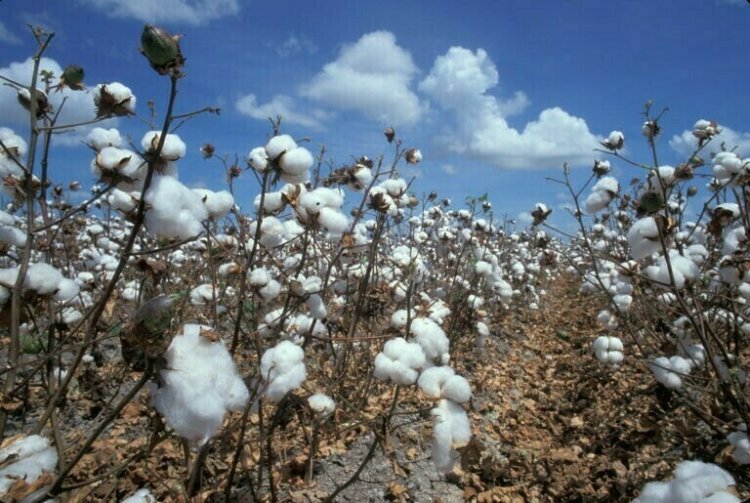Provincial Cotton Production: A Closer Examine
The production of cotton is expected to surpass 4 million bales (170 kg) this season, only the second time in the history of the southern province. This year may also record the biggest production ever for the province.

"The 2023–24 kharif season might be the first time in history when cotton production in Sindh exceeds that in Punjab,” according to BR Research earlier this week (for more, see the Monday, November 06, 2023 publication, "Cotton wither Punjab miracle?"). There was some truth to such assertion.
But first, a brief history lesson. While cotton is produced in all four provinces, the Indus plains provinces of Sindh and Punjab combined account for 97% of the total area under cultivation and 98% of the overall production. Punjab makes up almost three-quarters of the total area, with the province contributing between 67 and 90 percent of all agriculture over the course of the nation.
The Indus Waters Treaty's implementation in the 1960s increased Punjab's share of cotton farming, which can be attributed to the British Raj's creation of the Indus basin irrigation system (IBS). Intense farming in the basin was made possible by the building of mega-dams, flood control measures, and the expansion of canal-based irrigation. Cotton was a perfect fit for the two crop-based traditions as more farmers began to plant cash crops year-round due to increased access to year-round irrigation. This was especially true outside of the northern districts of the basin, which had longer summer high temperatures and less intense monsoon rains.
The availability of inexpensive labor and farmhands, particularly in regions with bigger landholdings, was another factor contributing to cotton's appeal. While human labor was still widely used to harvest all crops until the turn of the century, cotton was the only cash crop whose harvesting took many months. Due to its high cost of production, cotton required an excessive amount of artificial fertilizers and pesticide sprays. Growers could therefore only maximize the crop's return by picking, or harvesting the crop in multiple cycles. Thus, the higher the labor supply, the lower the cotton picking cost, and the higher the producer's return on investment.
Generally speaking, the average farm landholding size grows along the Indus. Less zamindars but more haris (farmhands) per acre of land are the results of larger landholding. If everything else was equal, this would mean more choices. Farmers switched from cotton to single-harvest crops as a result of rising farm labor costs brought on by urbanization, particularly in the increasingly heavily urbanized central Punjab provinces.
Why does the context matter so much? Because historical facts show that, particularly when compared to the southern region, many of the districts in Punjab's irrigated regions that are dominated by cotton produced productivity that was below average decades ago. Historically, Sindh accounted for no more than one-fourth of the total area under cotton cultivation, but the province's farmers were 35 percent more productive on average than Punjab's. And for many landholders in Punjab, cotton simply ceased producing once cheap labor became unavailable.
Furthermore, these disparities have only become more noticeable this season since the cotton crop has been substantially shielded from other exogenous factors like pests or harsh weather. Even though Sindh only makes up 26% of the farmed area this year, it will produce at least half of the crop. The yield per hectare in the southern province is expected to be at least 1,150 kg per hectare, which is at least 2.5 times greater than the average for Punjab this year, according to projections by BR Research.
To put this discrepancy into perspective, think about how Sindh would rank higher in the world by yield than the US if the provinces were separate nations! Even still, Punjab would come in well behind the global average, at number 40.
It's difficult to determine if anything will challenge policymakers' claims about Punjab's cotton rebirth and whether or not it's actually the best option for farmers in the region.


 Business Recorder
Business Recorder 





